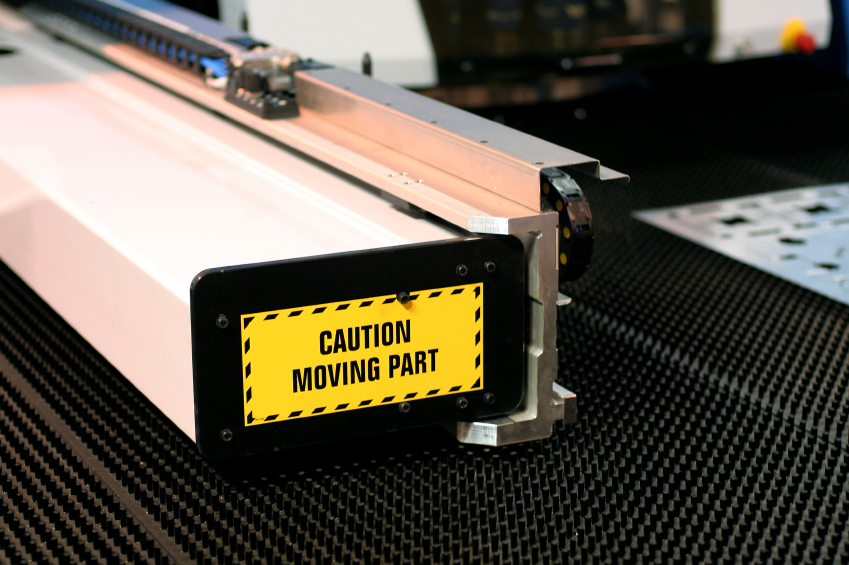
|
The cheesemaker was cited for 10 safety violations, including two willful violations. These involved failing to develop and train workers on machine-specific lockout procedures to prevent unexpected start-up, and locking out machinery during servicing and maintenance.
What can you do to make sure that your lockout/tagout program is effective?
LO/TO Advice from NIOSH
According to a recent analysis of injuries and illnesses in the food processing industry conducted by the National Institute for Occupational Safety and Health (NIOSH), the pressure to maintain a fast pace on assembly lines could be part of the reason that many facilities fall short on hazardous energy control.
“Given the production pressures in this industry, workers may feel that managers would rather have them risk injury than stop production to properly apply LO/TO procedures,” NIOSH says. But this is not a good business strategy. “When energy sources are not locked out, any unexpected startup of a machine or other equipment can result in amputations or death. . . . An injury, death, or even a fine from a violation can quickly nullify gains from increased work speed.”
Think you have no time to train? Think again. BLR’s 7-Minute Safety Trainer helps you fulfill key OSHA-required training tasks in as little as 7 minutes. Try it at no cost and see!
To prevent the often severe injuries that result from these incidents, NIOSH recommends following all OSHA requirements for lockout/tagout (29 CFR 1910.147). Specific recommendations for an effective lockout/tagout program include the following:
- Develop and implement a written hazardous energy control program that includes lockout/tagout procedures, employee training, and inspections before any maintenance or service work is done.
- Ensure that workers have a clear understanding of when hazardous energy control procedures apply, and train them on how to properly apply the procedures.
- Develop lockout/tagout procedures specific to each machine in the facility.
Effective, 7-minute sessions providing comprehensive safety training at an average cost of $1 a day. Get the details.
- Provide training to production workers in addition to maintenance workers, in methods of energy isolation and control.
- Ensure that workers are provided with a sufficient amount of locks, tags, and any other hardware that may be necessary.
- Clearly label isolation devices, such as breaker panels and control valves.
- After removing lockout/tagout devices but before starting the machine, make sure that all employees who operate or work with the machine, as well as those in the area where service or maintenance is performed, know that the devices have been removed.
Tomorrow, we’ll look at one more critical component of any program that intends to prevent amputations: training.
